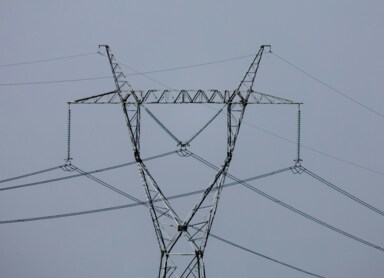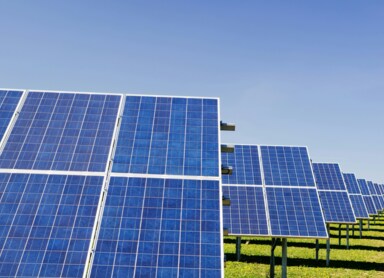Current tax on photovoltaics – situation of prosumers
At present, prosumers are in a safe position when it comes to the taxation of solar power. Electricity produced for one’s own needs and fed into the operator’s grid (OSD) is exempt from personal income tax (PIT) and corporate income tax (CIT), regardless of whether the prosumer settles accounts using net-metering or net-billing.
It makes no difference whether the panels are currently operating or whether the installation has even been fully completed.
Transactions involving electricity generated by silicon cells are also exempt from excise duty, which normally appears on electricity bills. As long as electricity is obtained for self-consumption or purchased using funds accumulated in a deposit (as in the net-billing system), excise tax does not apply.
Subsidies and tax relief for solar installations
Not only are prosumers currently free from taxes, but they can also benefit from various tax incentives:
Thermomodernization relief of up to 53,000 PLN (or 106,000 PLN for joint filing with a spouse).
- This applies to taxpayers taxed under the standard scale, flat-rate income tax, or linear tax.
- The relief reduces the taxable base and can be used when installing a photovoltaic system.
“My Electricity” (Mój Prąd) grant program
The current sixth edition remains open, providing funding of up to 50% of eligible costs, but not exceeding:
- 6,000 PLN for micro-PV installations,
- 7,000 PLN for micro-PV installations with an additional component,
- Up to 16,000 PLN for an energy storage system,
- Up to 5,000 PLN for a heat storage system.
Businesses can benefit from VAT deduction by offsetting input tax against output tax. PV installations are normally taxed at 23% VAT, but smaller installations may qualify for reduced VAT:
- Installations up to 50 kWp in social housing projects,
- Residential buildings up to 150 m² (apartments) or 300 m² (single-family houses).
These favorable tax rules significantly reduce the overall investment cost.
Solar tax for photovoltaic farms
The situation is different for large solar farms, which are typically built on the ground. Such installations are subject to property tax, or alternatively agricultural tax if the land is classified as farmland or forest.
Importantly, the tax applies not to the silicon panels themselves, but to the supporting structures and mounting elements anchored to the ground. These are considered construction equipment under case law (see the judgment of the Supreme Administrative Court of December 18, 2018, case no. II FSK 1275/18). Farms are also subject to income tax (PIT or more often CIT) and excise duty.
As an interesting example, the city of Wrocław has decided to exempt both individuals and businesses owning property within the city from property tax if they install and maintain systems such as:
- Photovoltaic systems,
- Heat pumps,
- Solar collectors,
- Ground heat exchangers,
- Heat recovery units (recuperators).
Other municipalities may follow this example, supporting investment in renewable energy for the benefit of the environment.
Rooftop vs. ground-mounted PV – differences and rules
Photovoltaics are most often associated with roof-mounted panels, but depending on technical conditions, ground-mounted systems may sometimes be more efficient.
For prosumers, there is no property tax on either type of installation, unless the electricity is used for business activities.
Only in the case of commercial use does property tax become relevant.
Solar tax in 2025 – what has changed?
Currently, there is no confirmed plan to introduce a separate “solar tax,” so prosumers can remain at ease.
What has changed is the definition of a “structure” in the Local Taxes and Fees Act.
The amendment clarifies that a structure includes a wind power plant, nuclear power plant, photovoltaic power plant, biogas plant, agricultural biogas plant, energy storage facility, boiler, industrial furnace, cable car, ski lift, and ski jump—but only in terms of their structural parts, excluding buildings.
This means that technical elements necessary for operation (such as panels and inverters) remain outside the tax base.
The property tax is paid once a year and amounts to 2% of the taxable value of the structural part.
When will a solar tax take effect? Is there any reason to worry?
For now, there is no additional tax on photovoltaic installations to fear.
Existing taxes apply mainly to large solar farms, while typical home or small commercial installations remain unaffected.
It is hard to imagine a prosumer microinstallation exceeding 1 MW of capacity, so household PV systems continue to be an attractive option for both individuals and businesses.
Key takeaway
A residential PV installation is almost maintenance-free and, apart from occasional technical inspections or insurance, will continue to generate electricity virtually free of charge—without additional taxes under current Polish law.






